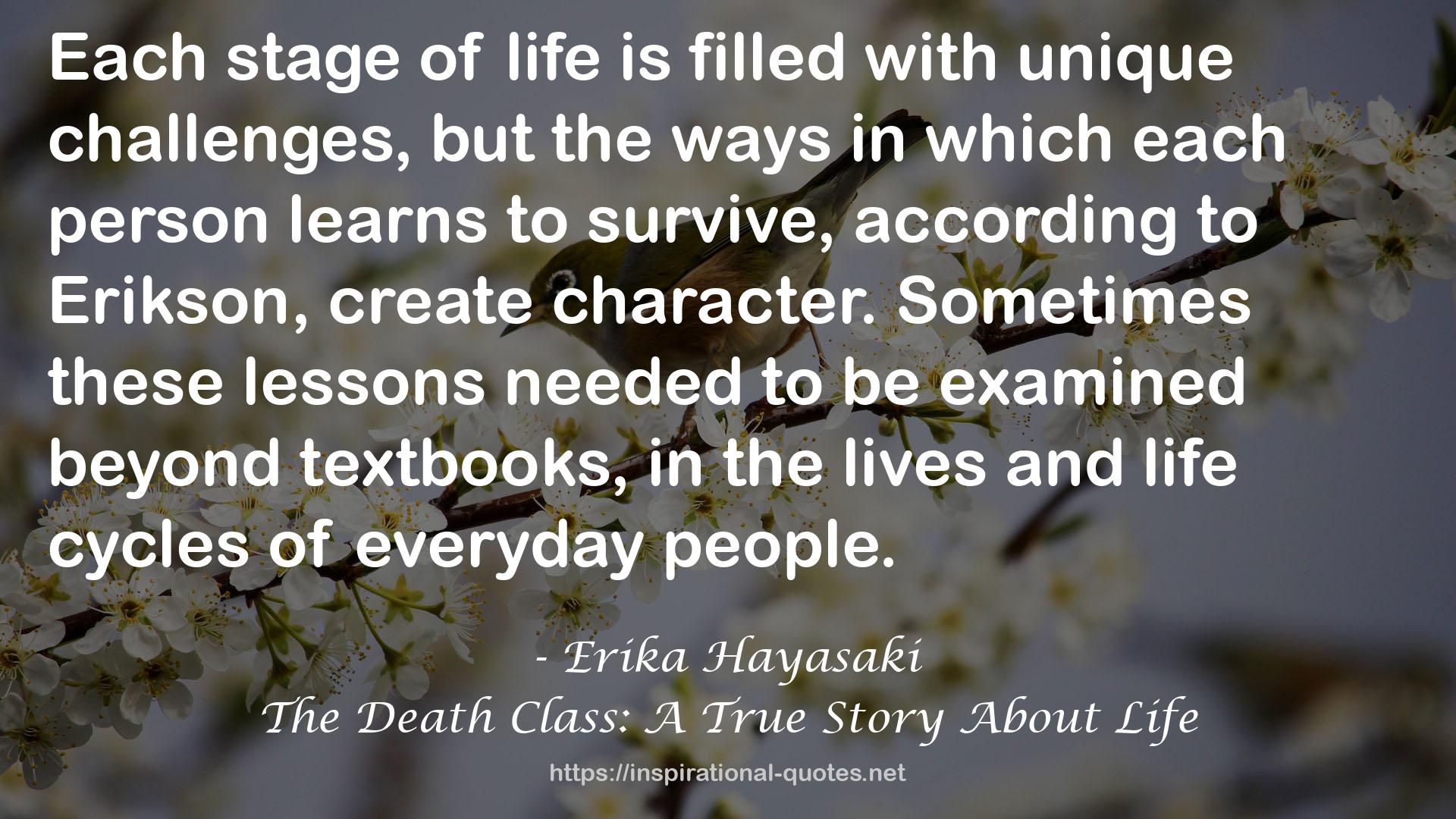7
" As she explained to her students, patients often awoke from very bad illnesses or cardiac arrests, talking about how they had been floating over their bodies. “Mm-hmmm,” Norma would reply, sometimes thinking, Yeah, yeah, I know, you were on the ceiling. Such stories were recounted so frequently that they hardly jolted medical personnel. Norma at the time had mostly chalked it up to some kind of drug reaction or brain malfunction, something like that. “No, really,” said a woman who’d recently come out of a coma. “I can prove it.” The woman had been in a car accident and been pronounced dead on arrival when she was brought into the emergency room. Medical students and interns had begun working on her and managed to get her heartbeat going, but then she had coded again. They’d kept on trying, jump-starting her heart again, this time stabilizing it. She’d remained in a coma for months, unresponsive. Then one day she awoke, talking about the brilliant light and how she remembered floating over her body. Norma thought she could have been dreaming about all kinds of things in those months when she was unconscious. But the woman told them she had obsessive-compulsive disorder and had a habit of memorizing numbers. While she was floating above her body, she had read the serial number on top of the respirator machine. And she remembered it. Norma looked at the machine. It was big and clunky, and this one stood about seven feet high. There was no way to see on top of the machine without a stepladder. “Okay, what’s the number?” Another nurse took out a piece of paper to jot it down. The woman rattled off twelve digits. A few days later, the nurses called maintenance to take the ventilator machine out of the room. The woman had recovered so well, she no longer needed it. When the worker arrived, the nurses asked if he wouldn’t mind climbing to the top to see if there was a serial number up there. He gave them a puzzled look and grabbed his ladder. When he made it up there, he told them that indeed there was a serial number. The nurses looked at each other. Could he read it to them? Norma watched him brush off a layer of dust to get a better look. He read the number. It was twelve digits long: the exact number that the woman had recited. The professor would later come to find out that her patient’s story was not unique. One of Norma’s colleagues at the University of Virginia Medical Center at the time, Dr. Raymond Moody, had published a book in 1975 called Life After Life, for which he had conducted the first large-scale study of people who had been declared clinically dead and been revived, interviewing 150 people from across the country. Some had been gone for as long as twenty minutes with no brain waves or pulse. In her lectures, Norma sometimes shared pieces of his research with her own students. Since Moody had begun looking into the near-death experiences, researchers from around the world had collected data on thousands and thousands of people who had gone through them—children, the blind, and people of all belief systems and cultures—publishing the findings in medical and research journals and books. Still, no one has been able to definitively account for the common experience all of Moody’s interviewees described. The inevitable question always followed: Is there life after death? Everyone had to answer that question based on his or her own beliefs, the professor said. For some of her students, that absence of scientific evidence of an afterlife did little to change their feelings about their faith. For others, "
― Erika Hayasaki , The Death Class: A True Story About Life

